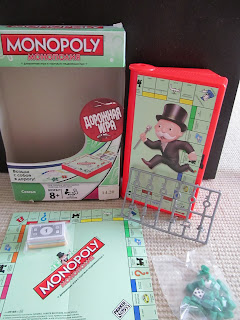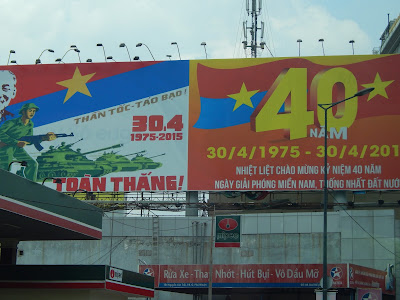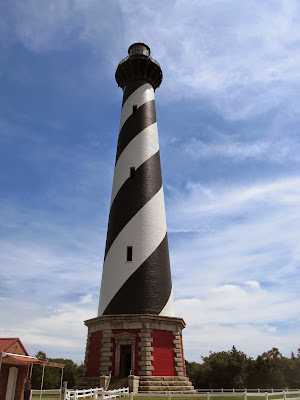Having just returned from my second trip to Russia, I am finding that my ability to read the language has improved vastly since I first posted this. It's a good thing, too, as getting around the country without some knowledge of the Cyrillic alphabet is challenging. And so, for wannabe polyglots, here again is a primer.
 |
| To get around Moscow by Metro, it is essential to know how to read Russian. In St. Petersburg, however, there is English signage. |
Now that we have covered the basic Cyrillic alphabet, let's proceed to a reading lesson. I chose to spend my one free day in Moscow last May wandering the Arbat and silently phonetically mouthing out the names of familiar fast food franchises. I highly recommend this strategy for those trying to learn the seemingly impenetrable Iron Curtain that is Cyrillic.
First, we visit McDonalds. This one is easy, right? MAK=MAC. The fourth character looks like the Greek delta Δ--which is D. O becomes an A sound in Russian when the syllable is unstressed, so we've got DO. In our previous lesson, we learned that H =N, so HA is NA. The third to last character is the Cyrillic version of L. Then we are back to delta, and C=S. What does it spell? McDonalds.
Very good. Now, let's get a cup of KOФE. Note the third letter, which looks the same as the Greek version of F (phi). Sound it out. You have coffee. Excellent. But where to get our coffee? Perhaps CTAPБAKC.
Now we need a doughnut to accompany our coffee. We do not get coffee at the pink and orange establishment above, because we cannot read the sign that says "Coffee & More". After all, we are reading in Russian. But ДAHKИH ДOHATC sounds Дelicious. To translate, we need to close the one hole in our doughnut sign literacy. И =ee. Hence, Dahnkeen Donahtc. Close enough.
Let's moo-ve/MYB (merely a transliteration) on.
MY MY, or Moo Moo, is a popular fast food chain in Moscow. If you can't read the Cyrillic, just look for the black and white корова.




































